You open your browser to compare charts, and the question keeps coming up: Is Forex Trading Hard compared with crypto, and which market will actually fit your money goals and stomach for risk? Currency markets deliver deep liquidity, extended trading hours, and tight spreads, while crypto brings higher volatility, nonstop exchanges, and a flood of new tokens that move on news and sentiment.
This guide breaks down how leverage, regulation, technical and fundamental analysis, and trade style affect your outcomes, helping you determine which market aligns with your financial goals, risk tolerance, and trading experience.
Suppose you want a practical way to test your plan without risking your own capital. In that case, Goat Funded Trader offers a prop firm, funded trader program with clear evaluation steps, account backing, and risk rules, allowing you to focus on determining whether forex or crypto suits you.
What Is Forex Trading?
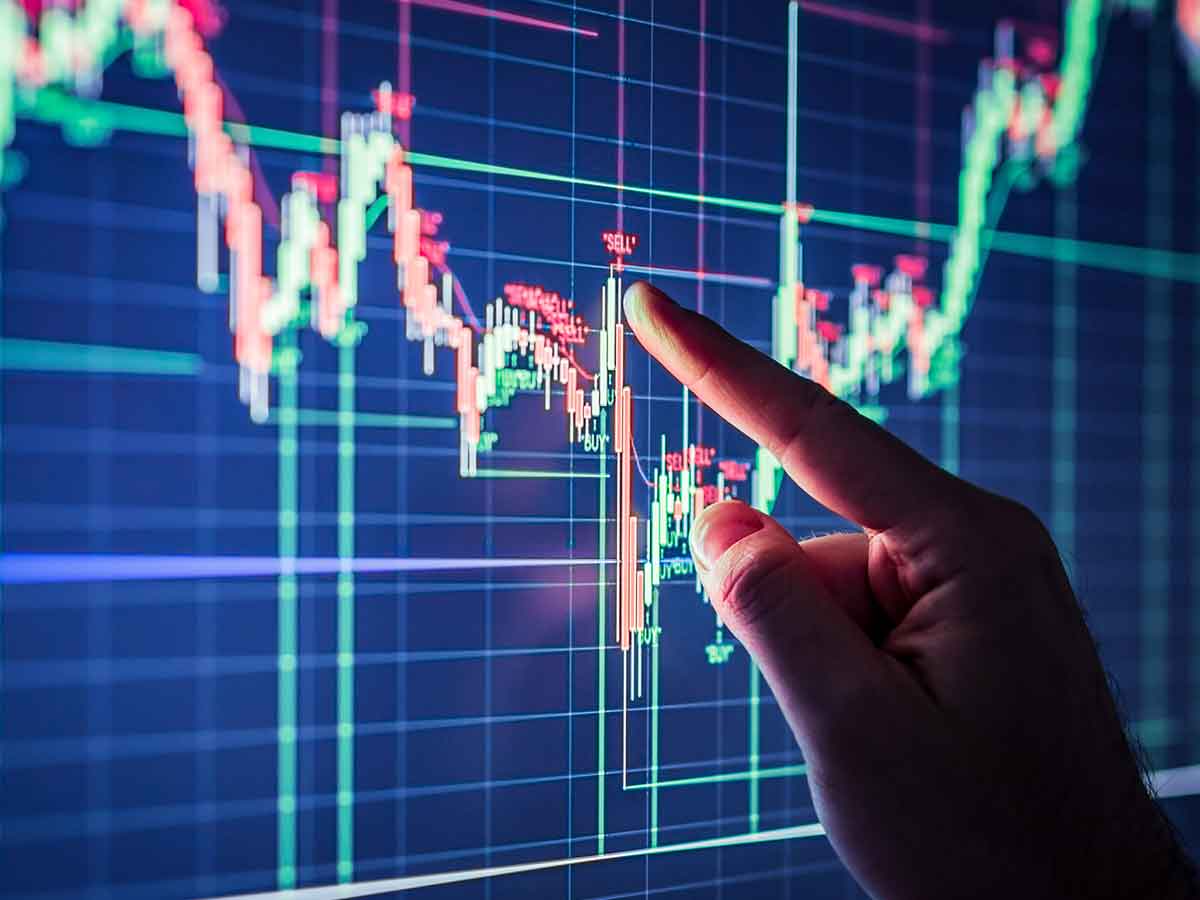
Forex Trading Unpacked: What Happens When You Trade Currencies
Forex trading means buying one currency while selling another at the same time. You trade currency pairs such as EUR/USD or GBP/JPY. Prices move in pips, trades use lots or fractional units, and every position shows which currency you expect to gain value versus the other.
Who Shows Up in This Market and Why They Trade
The Forex market is incredibly liquid, with around $7.5 trillion changing hands every day. This vast volume is driven by banks, institutions, corporations, governments, and individual traders all speculating on currency movements and hedging risks. Central banks intervene to influence rates. Traders speculate on interest rate moves, economic reports, and political events. That mix creates deep liquidity that often keeps spreads tight on major pairs.
How Orders Get Placed and Prices Form
You place market orders, limit orders, stop loss orders, and take profit orders through a broker or online platform. Market makers and ECN networks match flows. Price quotes come as bid and ask; the spread is the sum of the broker cost and the liquidity effect. Slippage can occur during fast news or low liquidity hours, affecting execution.
Leverage, Margin, and the Risk That Follows
Most brokers offer leverage, allowing a small deposit to control a larger position. Leverage multiplies gains and losses. Margin calls and stop-out rules force positions closed when equity falls below required levels. How much leverage should you use? That depends on your strategy, account size, and risk tolerance.
Which Drivers Move Currency Prices
Interest rate differentials, inflation reports, payrolls, and central bank statements move the market. Geopolitical events and shifts in risk appetite affect safe-haven currencies and commodity-linked currencies. Technical levels and order flow also set short-term direction in many cases.
What Fees, Costs, and Technical Issues Matter
Costs include spreads, commissions, and rollover funding for positions held overnight. Slippage and requotes can add hidden costs during illiquid periods. Platform stability, server latency, and order routing shape trade outcomes for high-frequency or automated systems. Demo accounts let you test execution and costs before you trade real money.
Tools, Strategy, and Skill Development
Traders use technical analysis, fundamental analysis, and algorithmic systems. Backtesting and forward testing on a demo account reduce unknowns—journal trades and track edge and expectancy. Psychology matters; discipline and risk control often separate consistent traders from gamblers.
Regulation, Broker Selection, and Safety
Regulated brokers offer client fund protection, clear margin rules, and usually require KYC. Unregulated venues increase counterparty risk. Check license, execution model, spreads, and deposit protections before opening an account.
How to Start with Practical Steps
Open a demo account, practice order entry and risk controls, read economic calendars, and learn basic analysis methods. Start small with live capital once you prove a positive edge and consistent risk management. Want a simple checklist to begin? Try a platform demo, explore risk rules, apply one strategy, and use a trade journal.
What Is Crypto Trading?
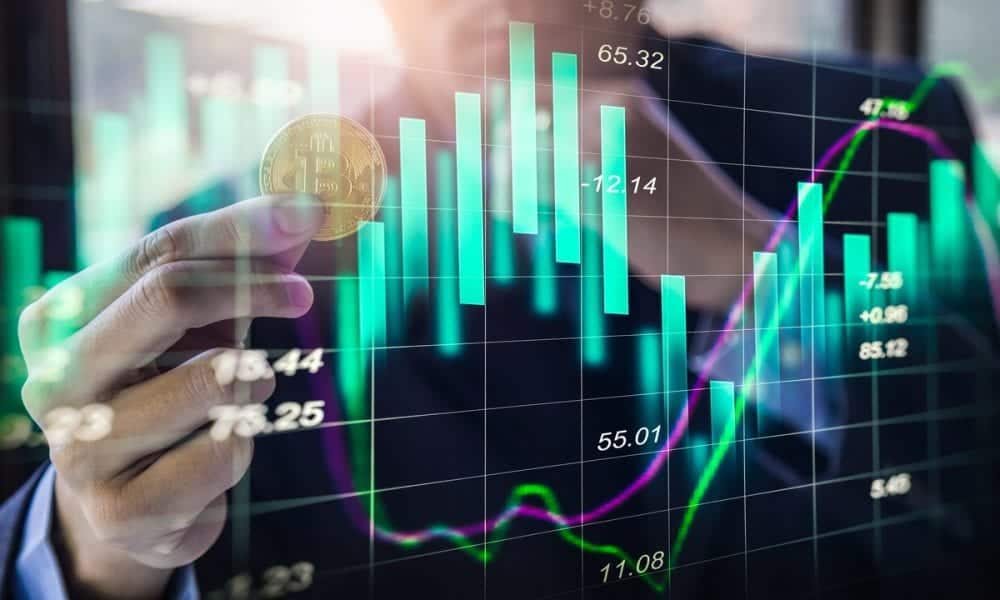
Crypto Trading Unchained: How It Works, How It Differs from Forex, and What Traders Use
Crypto trading began with Bitcoin and runs on blockchain technology. Traders buy and sell digital currencies on spot markets and through derivatives. The market operates 24 hours a day, seven days a week, with global liquidity pools across centralized exchanges, decentralized exchanges, and over-the-counter desks. In 2024, the crypto market size was near USD 5.70 billion, and forecasters expect it to grow to USD 11.71 billion by 2030, driven by tokenization, DeFi activity, institutional custody products, and new on-chain infrastructure.
How the market actually functions: orders, custody, and exchanges
Centralized exchanges use order books, market makers, and matching engines like traditional brokers, while decentralized exchanges run automated market maker pools and smart contracts. Liquidity and depth vary wildly between major pairs, such as BTC USD and small-cap altcoins. Custody matters: custodial wallets held by exchanges expose you to counterparty risk, while noncustodial wallets require private key management and cold storage. Fees show up as spreads, maker-taker commissions, swap or funding rates for perpetual futures, and gas costs on congested chains.
Analysis methods traders rely on
Technical analysis, chart patterns, volume profile, and order flow remain central. Crypto adds on-chain data such as wallet flows, exchange inflows and outflows, and smart contract metrics that reveal supply movement. Fundamental analysis covers project teams, tokenomics, protocol upgrades, and regulatory news. Price action can react to exchange listings, airdrops, staking releases, or DeFi protocol exploits in ways that fiat currency markets do not.
Risk, security, and regulatory factors
Volatility, hacks, rug pulls, and opaque token launches present boosted risks. Regulatory frameworks vary across jurisdictions and can change quickly, affecting liquidity and KYC requirements. Security requires multi-factor authentication, hardware wallets, and careful counterparty selection. Tax treatment differs by country and often treats crypto as property, creating record-keeping burdens for traders.
Costs, slippage, and execution quality
Transaction costs include explicit trading fees, implicit spreads, slippage from low liquidity, withdrawal fees, and on-chain gas costs. Perpetual futures charge funding rates that can quickly flip sign. Execution matters: slippage and poor order routing can erase expected edge, especially on thin altcoin markets where market depth is shallow.
Who shows up in this market and what they want
You will find retail speculators, algorithmic traders, institutional desks, arbitrageurs, and miners or stakers who move tokens for yield. Timeframes range from high-frequency trading and scalping to swing trades and long-term holdings. The correlation with traditional assets and hedging with stablecoins or futures leads some traders to use crypto alongside forex strategies for portfolio diversification or directional exposure.
Practical steps and tools to get started
Choose a regulated exchange or reputable broker, set up secure custody, practice with small positions, and learn order types like market, limit, and stop loss. Use risk management: position sizing, maximum drawdown rules, and margin limits. Combine charting software, on-chain explorers, and news feeds. Ask yourself what you can afford to lose and which timeframes fit your schedule.
Related Reading
- What Is A Lot Size In Forex
- How Much Do You Need To Start Trading Forex
- How Profitable Is Forex Trading
- What Is Swap In Forex Trading
- Forex Trading Account Types
- How To Learn Forex Trading
- Automated Forex Trading
- Fibonacci Forex Trading
- Pros And Cons Of Forex Trading
- Forex Trading Profit Per Day
Forex Trading vs. Crypto Trading
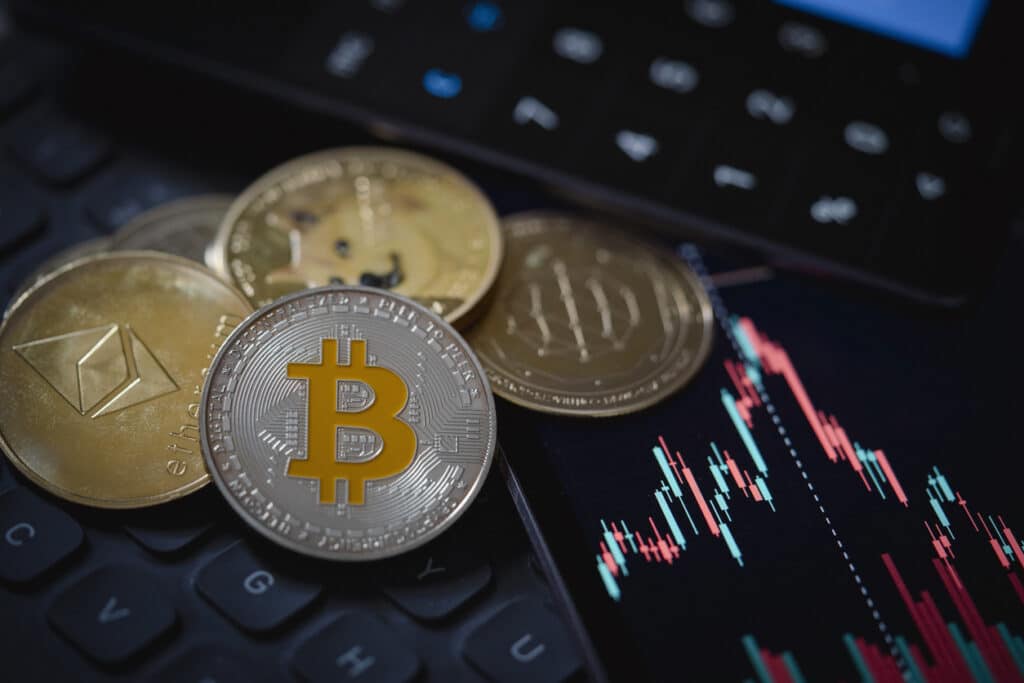
Forex vs Crypto: The Key Differences You Need to Compare
Forex trading centres on fiat currency pairs like EUR/USD and USD/JPY, while cryptocurrency trading focuses on coins and tokens such as Bitcoin and Ethereum. Forex pricing reacts to macro data, interest rate moves, and central bank policy; crypto pricing reacts heavily to network activity, protocol updates, and online sentiment. Which market fits your temperament: steady, high liquidity moves or fast, high volatility swings?
Market Hours and Accessibility
Forex runs five days a week across overlapping sessions in Tokyo, London, and New York, creating near continuous opportunities during business days. That schedule allows traders to plan around economic calendars and known session overlaps where volumes and volatility rise. Crypto markets operate 24/7, allowing trades to happen at any hour. This suits flexible schedules but increases the risk of fatigue and impulsive decisions. How will you manage a trading routine when markets never sleep?
Volatility and Risk
Forex generally shows lower volatility and narrower day-to-day moves, especially in major currency pairs, which supports scalping, swing trading, and position trades with smaller stop loss distances. Cryptocurrencies can move double-digit percentages in hours, producing larger drawdowns and faster profit potential at the same time. Use stop loss orders, prudent position sizing, and strict risk management in both markets. Tighten these controls when trading crypto, as volatility can spike without warning.
Liquidity and Market Depth
The forex market is highly liquid, driven by banks, hedge funds, and global corporations, which keeps spreads tight and slippage minor on major pairs. Low liquidity in many altcoins causes wide spreads and execution risk; even significant cryptocurrencies like Bitcoin can show short windows of thin order books on smaller exchanges. Always check market depth and average daily volume before placing large orders to reduce slippage and execution surprises.
Regulation and Oversight
Brokerage services in forex operate under long-standing financial regulation in many countries, providing protections such as segregated client funds and defined capital requirements. Crypto exchanges face uneven rules that vary by jurisdiction, with some markets under strict oversight and others almost unregulated; that inconsistency raises custody and legal risks. Before trading, confirm your platform's regulatory status, custody arrangements, and dispute resolution processes to avoid regulatory blind spots.
Trading Strategies and Styles
Forex traders often rely on technical analysis, trend following, scalping, and event-driven trades tied to scheduled economic releases, because price behavior is relatively predictable over time. Crypto traders use momentum plays, social sentiment trading, and rapid event-driven strategies around listings, fork updates, or influencer commentary, while also applying chart-based methods. Which approach matches your psychology and time frame: methodical plans with economic filters or agile execution around news and social signals?
Market Drivers
Currency pairs respond to macro indicators like interest rates, inflation, GDP, and geopolitical news, so economic calendars and central bank commentary shape trade setups. Crypto prices react to development roadmaps, protocol upgrades, regulatory statements, exchange listings, and social media buzz, all of which can trigger sudden flows. Pay attention to order flow, on-chain metrics, and news feeds, depending on the market you trade, to spot actionable setups.
Ownership and Custody
Forex trading usually involves contracts through brokers, such as spot forex or CFDs, so you do not take physical custody of currencies, and you rely on the broker for execution and settlement. Crypto offers the option to hold assets in private wallets with private keys, enabling true self-custody, but it also poses an irreversible risk if you lose your credentials. Decide whether you prefer trading on regulated broker custodial accounts or learning wallet security practices for non-custodial control.
Goat Funded Trader is a prop firm that gives you access to simulated accounts up to $800K with the most trader-friendly conditions in the industry: no minimum targets, no time limits, and triple paydays with up to 100% profit split. Join over 98,000 traders who've already collected more than $9.1 million in rewards, all backed by our 2 day payment guarantee with a $500 penalty for delays, choose your path to funding through customizable challenges or start trading immediately with our instant funding options, Sign up to Get Access to Up to $800K Today, and 25-30% off.
Pros and Cons of Forex Trading

Pros of Forex Trading
1. Unparalleled Market Liquidity and Stability
The forex market boasts the most significant daily trading volume worldwide, offering exceptional liquidity. This liquidity allows traders to enter and exit positions quickly and efficiently without causing drastic price shifts. Even in high-volatility moments, the vast pool of buyers and sellers helps prevent significant slippages, ensuring trades execute close to expected prices. For those valuing stable execution, forex is a highly dependable venue where thin order books and sudden gaps are rare.
2. The Advanced Trading Ecosystem
Years of evolution have produced a sophisticated forex trading environment. Leading brokers provide lightning-fast order executions, often measured in fractions of a second, alongside comprehensive, professional-grade charting tools and algorithmic trading support. This mature infrastructure allows traders to apply a range of strategies, from simple trend following to complex multi-currency analyses, with precision impossible in less developed markets.
3. High Leverage
Forex brokers commonly offer high leverage, ranging from 30:1 up to 500:1 in certain regions. This leverage allows traders to control prominent positions with relatively little capital, significantly enhancing profit potential. For example, a $1,000 account might operate trades worth $50,000 or more. This capacity to magnify returns on even small price changes in currency pairs opens opportunities for meaningful gains, especially for traders with limited starting capital.
4. Regulation and Client Protections
Regulated forex brokers often segregate client funds, meet capital requirements, and operate under oversight from bodies like the FCA or NFA. Those controls lower counterparty and fraud risk compared with many unregulated crypto exchanges and custodial services. When custody, withdrawal procedures, and dispute systems matter to you, regulated FX providers tend to offer clearer recourse.
Cons of Forex Trading
1. Magnified Losses
The same leverage that magnifies gains also magnifies losses. Retail traders who use excessive leverage find their accounts eroded by small adverse moves. Statistics across retail FX point to a majority of accounts losing money over time, often because traders ignore stop sizing and risk limits. Discipline and conservative leverage settings cut that pathway to ruin.
2. Competing Against Institutions
In forex, you trade alongside central banks, hedge funds, and multinational treasuries. These participants move markets with large orders and policy-driven interventions that retail indicators cannot predict reliably. Technical setups can fail when institutional flow arrives, and retail traders must design strategies that accept or adapt to that pressure.
3. Limited Price Swings Without Leverage
Major currency pairs often move less than one percent a day. Without leverage, these moves mean modest return potential relative to higher volatility assets. Traders seeking considerable momentum or significant overnight gaps often find crypto markets more attractive because cryptocurrencies can swing double-digit percentages in a session.
4. Psychological and Lifestyle Challenges
FX trading runs nearly 24 hours across the global session cycle, and that constant availability can prompt overtrading, fatigue, and poor decisions. Watching screens across multiple time zones affects sleep and focus. Many traders set strict session rules, trade only during defined hours, or automate entries to avoid emotional mistakes.
Questions to Ask Yourself Before Trading Forex
What is your time horizon? Do you prefer tight spreads and steady execution or high volatility and potential for sudden moves? Can you adhere to risk rules when leverage tempts larger positions? Which market structure, FX or crypto, better matches your temperament and resources?
Related Reading
- Forex Trading Candlestick Patterns
- Forex Trading Algorithms
- Risk Management In Forex Trading
- Forex Trading Day
- Minor Forex Pairs
- Advanced Forex Trading
- Copy Forex Trading
- Best Books On Forex Trading
- Best EA For Forex Trading
Pros and Cons of Crypto Trading
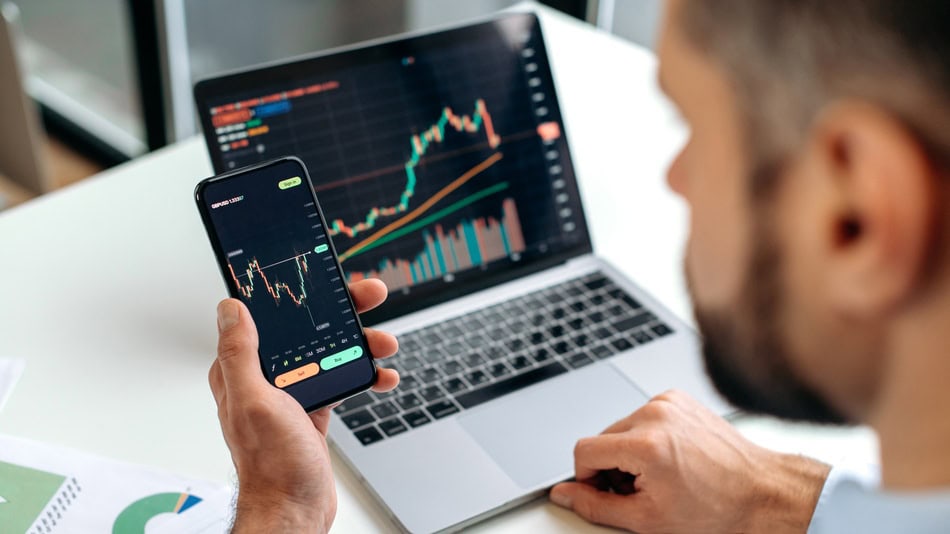
Pros of Crypto Trading
1. Exceptional Growth Potential
Crypto assets have demonstrated unprecedented growth opportunities. Many early investors in cryptocurrencies like Bitcoin witnessed their holdings multiply manifold, turning modest investments into substantial fortunes. Even newer blockchain projects have produced returns exceeding thousands of percent within short periods. This kind of explosive growth is seldom matched by conventional financial markets, providing traders with chances for life-changing gains when timed well.
2. True Ownership and Financial Freedom
Unlike traditional finance, cryptocurrencies allow users to maintain complete control over their assets without relying on banks or intermediaries. Holding private keys enables self-custody of funds, granting protection against asset freezes, transaction restrictions, or external censorship. This autonomy is particularly valuable in an era where increasing financial surveillance raises concerns about privacy and control over personal wealth.
3. Nonstop Market Availability
Cryptocurrency markets operate continuously, 24 hours a day, 7 days a week, including holidays. This round-the-clock access allows traders to react instantly to global news or market developments regardless of time zones. The ability to manage trades outside of traditional market hours gives crypto traders an edge in capturing opportunities or mitigating losses promptly.
4. Rapid Innovation and New Opportunities
The blockchain ecosystem innovates at a remarkable pace, with new protocols, decentralized applications, and financial instruments emerging frequently. This dynamic environment offers early adopters a chance to identify and invest in cutting-edge projects before they gain widespread popularity. Open-source development encourages exponential growth of the sector, often creating entirely new markets within months.
Cons of Crypto Trading
1. Extreme Price Volatility and Rapid Drawdowns
Cryptocurrency prices are volatile, often experiencing massive swings within short periods. Iconic digital assets like Bitcoin have endured drawdowns exceeding 80%, while smaller tokens can lose nearly all their value during downturns. This volatility can be emotionally taxing, leading traders to make impulsive decisions such as panic selling or reckless buying, which undermines long-term success.
2. Security Risks and Irreversible Operational Mistakes
While self-custody offers financial independence, it also places the burden of security on the individual. Losing access credentials, falling victim to hacking attempts, or succumbing to scams can result in permanent loss of funds with no recovery options. Unlike regulated financial systems, mistakes in crypto wallets are irreversible. To date, billions of dollars in cryptocurrencies are believed to be irretrievably lost because of such errors.
3. Regulatory Uncertainty and Rapid Policy Shifts
Cryptocurrency operates in a shifting regulatory environment, which poses uncertainties for investors. Sudden government actions, including bans, restrictions, or regulatory crackdowns, can devastate market prices almost overnight. Investors often need to stay abreast of global legal developments, as these can directly impact the legitimacy and value of the tokens they hold.
4. High Prevalence of Scams and Market Manipulation
The crypto market is rife with scams exploiting its pseudonymous and loosely regulated nature. Investors face risks from various fraudulent schemes, such as rug pulls, where project developers abandon ventures after collecting funds, and manipulative trading practices like pump-and-dump. Even seasoned traders can fall prey to such traps, making rigorous research and continuous vigilance essential yet not always sufficient defenses.
Which is Better to Trade, Forex or Crypto?
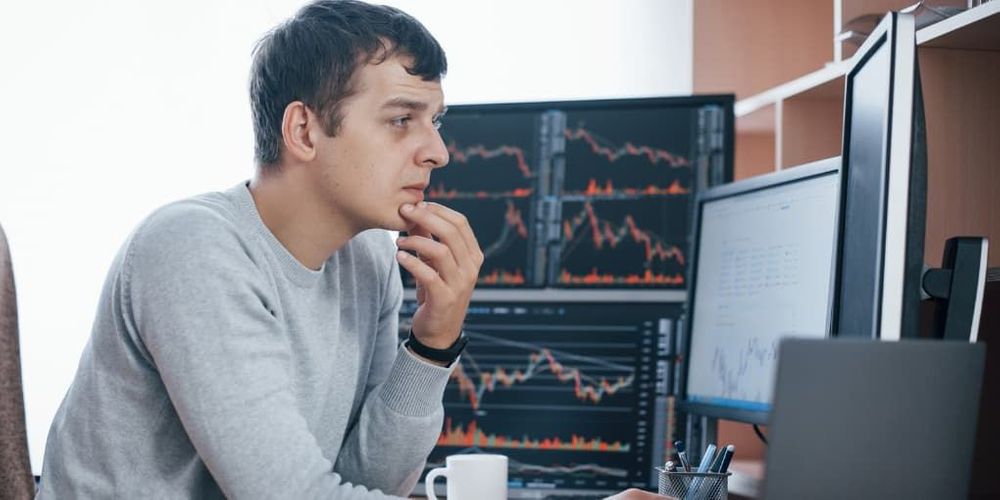
Choosing Sides: Forex or Crypto — Which Fits You?
Which market suits your temperament, capital, and schedule? Forex offers major currency pairs like EURUSD, GBPUSD, and USDJPY with deep liquidity, tight spreads, and heavy institutional flow. Crypto provides access to Bitcoin, Ether, and thousands of altcoins, offering 24/7 trading and extreme price moves. If you prefer trading around central bank news, macroeconomic data, and predictable session overlaps, forex will feel familiar. If you want to trade rapid breakouts, token listings, and on-chain events at any hour, crypto will keep you busy.
Who Thrives in Forex, Who Thrives in Crypto?
Which traders should choose one over the other? Experienced traders who value regulation, stable liquidity, and predictable volatility tend to favor forex. Institutional players and serious retail traders rely on FX for hedging, carry strategies, and macro directional trades. Crypto attracts traders who tolerate high volatility, want 24/7 access, and accept greater counterparty and technology risks. Beginners sometimes start in crypto because accounts can be set up quickly, but that accessibility comes with scams and steep learning curves about wallets and custody.
Market Structure and Regulation: Order, Rules, and Where Money Moves
Forex trades are mainly over the counter through regulated brokers and liquidity providers. National regulators such as the FCA, ASIC, and the CFTC enforce rules, client money segregation, and AML KYC requirements. Pricing comes from interbank liquidity, market makers, and ECN pools. Crypto markets run on centralized exchanges, decentralized exchanges, and on-chain protocols. Regulation varies by country; some exchanges follow strict compliance, others operate with limited oversight. That inconsistent oversight increases the risk of exchange failures and market manipulation.
Volatility and Profit Potential: Steady Moves Versus Fast Swings
How much volatility can you tolerate? Forex daily moves on major pairs usually range in fractions of a percent up to a few percent on crosses and exotics. That lower volatility supports strategies like carry, range trading, and disciplined position sizing. Crypto regularly sees daily moves of 5 percent to 20 percent or more, which allows rapid gains but also wipes out positions quickly. Leverage magnifies both gains and losses in either market; margin calls and liquidation are real in FX margin accounts and crypto margin or perpetual futures.
Market Access and Trading Hours: When the Action Happens
Forex runs nearly 24 hours during business days, pausing between Friday close and Sunday open. Liquidity concentrates around London, New York, Tokyo, and Sydney, overlapping these areas. Crypto never sleeps; traders can react to overnight news, protocol upgrades, and social media events at any hour. Continuous access suits active scalpers and swing traders who monitor global token activity, but it can also create burnout if you feel compelled to watch the market around the clock.
Security and Custody: Keeping Your Capital Safe
How you store assets changes the risk profile. Forex traders rely on regulated brokers that usually offer client fund segregation, negative balance protection in some jurisdictions, and established dispute procedures. Crypto traders must manage private keys, choose between custodial wallets and self-custody, and guard against phishing, exchange hacks, and rug pulls. Cold storage and hardware wallets reduce theft risk, while custodial solutions and institutional custody services offer convenience and insurance for larger balances.
Practical Factors: Costs, Execution, Liquidity, and Tools
Compare spreads, commissions, slippage, and trading tools before picking a market. Forex brokers compete on spreads and execution models, offering advanced charting, algorithmic APIs, and deep liquidity on major pairs. Crypto exchanges vary widely; top venues give tight books on BTC and ETH, while small altcoin listings can suffer large spreads and thin order books. Derivatives exist in both worlds: FX futures and options traded on regulated exchanges; crypto perpetuals and options on centralized venues. Slippage, order types, and liquidity providers will directly affect strategy performance.
Risk Management and Strategy: Discipline Wins Regardless of Market
What protects your capital? Both markets demand stop loss rules, position sizing, and an exit plan. In forex, macro events like interest rate changes and economic releases can create rapid moves and gaps. In crypto, smart contract failures, exchange insolvency, and coordinated manipulation create risks that stop orders may not fully cover. Hedging, diversification across instruments, and using reputable counterparties reduce exposure and support longer-term survival.
How Traders Combine Both: Portfolio Mix and Strategy Separation
Can you trade both markets? Many traders split risk between FX and crypto to balance steady carry or macro trades with speculative crypto positions. Use separate accounts, clear risk budgets, and distinct strategies for each market. For example, allocate a lower risk budget to leveraged crypto perpetuals and a larger allocation to lower volatility FX positions. Which asset should get more capital depends on your risk tolerance, time horizon, and ability to monitor positions.
Tools and Skills You Need to Succeed in Either Market
What should you learn first? Master order execution, charting platforms, technical analysis, and risk controls. In forex, focus on macroeconomic calendars, interest rate cycles, and institutional order flow; in crypto, study token economics, on-chain metrics, exchange order books, and smart contract risks. Know the tax rules and reporting requirements for both asset classes in your jurisdiction. Which skill will you prioritize this month?
Related Reading
- Forex Options Trading Strategy
- Best Laptop For Trading Forex
- Forex Trading Course For Beginners
- Forex Trading App For Beginners
- How To Choose The Best Forex Broker
- Best Forex Pairs To Trade During New York Session
- Forex Trading Strategies For Beginners
- Forex Algorithmic Trading Strategies
- Best Forex Pairs For Beginners
Get 25-30% off Today - Sign up to Get Access to Up to $800K Today

How Hard Is Forex Trading: A Straight Answer for Traders
Forex trading asks for discipline, market knowledge, and consistent risk control. You must read price action, manage leverage, and interpret macro drivers like interest rates and economic releases. Expect a steep learning curve if you trade with real money and tight leverage. Use demo and simulated accounts to build muscle memory, test setups, and measure emotional control before risking capital.
Forex Trading Versus Crypto Trading: Big Picture Differences
Which is harder depends on what you trade against and how you measure difficulty. Forex features deep liquidity, major currency pairs, and heavy influence from central banks, economic calendars, and interest rate differentials. Crypto trades 24/7 on exchanges, shows higher volatility, and reacts more to network events, token releases, and sentiment swings. Each market demands different tools, timeframes, and risk sizing.
How to Learn, Practice, and Build Skill Without Permanent Losses
Start with simulated accounts, backtest strategies, and use replay tools to practice trade management. Track performance metrics like win rate, average gain, average loss, expectancy, and max drawdown. Transition from demo to small live size only after you prove consistency over many trades and market regimes.
Can You Speed Up Learning With the Right Platform?
Simulated accounts let you test a strategy without emotional bleed. Goat Funded Trader is a prop firm that gives you access to simulated accounts up to $800K with the most trader-friendly conditions in the industry: no minimum targets, no time limits, and triple paydays with up to 100% profit split. Join over 98,000 traders who've already collected more than $9.1 million in rewards, all backed by our 2 day payment guarantee with a $500 penalty for delays, choose your path to funding through customizable challenges or start trading immediately with our instant funding options, Sign up to Get Access to Up to $800K Today, and 25-30% off.
Questions You Should Ask Yourself Before Trading Forex or Crypto
How much time can you commit each day? What drawdown can you tolerate? Do you prefer macro analysis or short-term price action? Are you comfortable managing keys and on-chain transactions? Answering these directs your market choice and the platform you need.
What Metrics Define a Good Trader in Either Market
Good traders keep the edge, manage risk, and control psychology. Watch for positive expectancy, consistent risk reward ratios, stable drawdowns, and the ability to adapt when volatility regimes shift. Logbook discipline beats hero trades and impulsive positions.
Practical Next Steps for Aspiring Traders
Open a demo account, build a trading plan with rules for entry, exit, and risk, and run forward testing across several months. Move to funded accounts only after you show repeatable, risk-adjusted profits and stable behavior under drawdown pressure.
.svg)
.avif)



.avif)





.svg)

.svg)